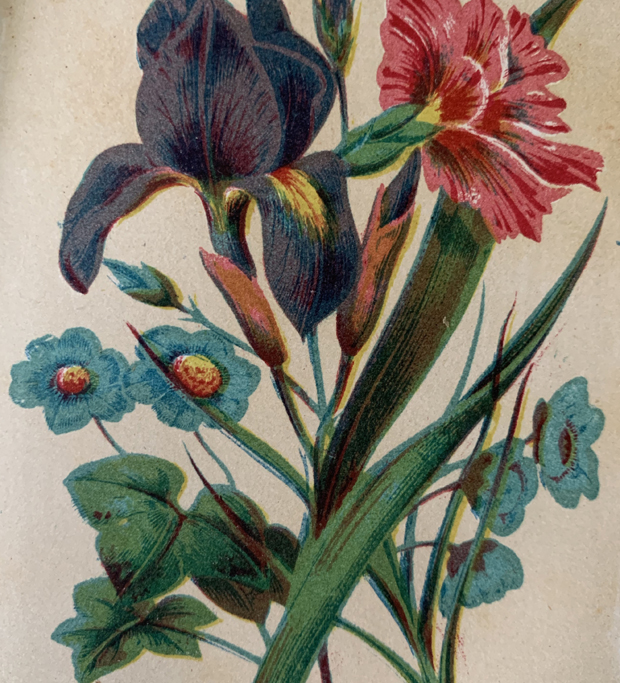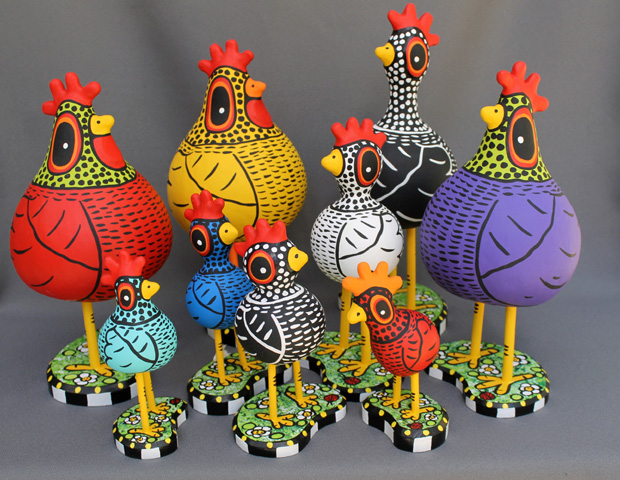Talking Bouquets
25 Jan 2020
The language of flowers decodes more than emotions
By KIRK MOORE

A warm hand clutching a fistful of thoughtfully picked flowers can be the beginning of a magical dialogue. A fragrant, colorful, and natural gift shared for love, friendship, and memories. It has been that way for thousands of years.
The “Song of Songs” in the Hebrew Bible uses flowers symbolically as metaphors for love, intimacy, and praise. William Shakespeare artfully wove flowers and plants into his sonnets and plays. “There’s rosemary, that’s for remembrance, pray you love, remember.” “There are pansies, that’s for thoughts.” In French, the word pansy is “pensées”, meaning thoughts. In the Elizabethan era the pansy was shared in reference to meanings of sadness, love, pensiveness and tender feelings.
In 18th century France, England and Sweden, the interest in flower meanings bubbled up gently along with an interest in botany. The sweeping picturesque landscapes of Capability Brown created a sense of romance that was prosaically amplified into the early 19th century by writers Jane Austen, William Wordsworth and Lord Byron. That romantic theme carried over to books about rockeries, fern gardens, conservatories and the lush, exotics that went with them.
In the second half of the 19th century, the love of floriography soared into a heavenly craze. Gifts of blooms, plants and small bouquets were used to send a coded message to the recipient, allowing the sender to express feelings which could not be spoken aloud in polite society. Hundreds and hundreds of books were published, floral dictionaries of sorts to help create small “talking bouquets.” Though the early books often were confusing and offered contradicting meanings for flowers, over time there developed a consensus.
The most popular florist flower, the rose, can speak to so many emotions. A red rose signifies lustful passion, while white can mean purity. A pink rose can be a bit of a disappointment perhaps, meaning affection but not passion, while the yellow rose can just say “let’s be friends.” The Victorian madness for floral communication allowed for different flowers to be combined into a bouquet to amplify the words that weren’t allowed. These floral phrases could sometimes be read as fragrant and colorful profaneness!
Owning flower and garden shops and having done thousands of weddings over the past four decades, it’s only natural that I am enraptured with everything about the language of flowers. My shelves are filled with 18th and 19th century books on the subject.
For a mother of the bride, I adore making a tussie mussie, filling it with sprigs of rosemary for remembrance, lavender for love and sage for wisdom⸺how appropriate for the woman who so lovingly and freely offers “sage advice!” Hiding lily of the valley in the center of a bride’s bouquet is a favorite little secret for me to share. It florally tells her that I wish she and her groom a lifetime of happiness and expresses in fragrance my humble gratitude for her sharing her benchmark day with me.
To be able to speak “fluent flower” and delve more into floriferous imagery, visit oakleafstyle.com/blog
A Flower’s Meaning
Anemone: Forsaken
Aster: Love, Daintiness
Bay: Glory
Black-eyed Susan: Justice
Candytuft: Indifference
Chamomile: Patience
Daffodil: Regard
Gardenia: Secret love
Lavender: Devotion
Zinnia: Thoughts of absent friends













